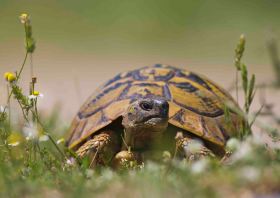Tags
birds, conservation, diclofenac, environment, nature, photography, politics
In recent weeks I’ve blogged about the madness of allowing veterinary Diclofenac in Europe, tax-payer subsidies for grouse moor owners and the enforced disappearance of the Hen Harrier and other birds of prey from our countryside. Positive responses to these came in from many sources: people liked, favourited, commented, followed, retweeted and shared. That’s great and thanks. These all show how many people care about nature and wildlife.
 But do our politicians know this? Do they really have a sense of the number of people who care about nature – and the strength of their feelings? I wonder. When was the last time you personally expressed your desire to protect wildlife to your MEP or to your local politician? How many people wrote an email or a letter to their MEP showing their outrage over the licensing of Diclofenac? Yes, some of us will have signed e-petitions but does this really get under the skin of a politician? Does it counterbalance the number of friends and associates he or she may have who favour a more ‘gun-toting/kill them/cull them’ approach to the natural world?
But do our politicians know this? Do they really have a sense of the number of people who care about nature – and the strength of their feelings? I wonder. When was the last time you personally expressed your desire to protect wildlife to your MEP or to your local politician? How many people wrote an email or a letter to their MEP showing their outrage over the licensing of Diclofenac? Yes, some of us will have signed e-petitions but does this really get under the skin of a politician? Does it counterbalance the number of friends and associates he or she may have who favour a more ‘gun-toting/kill them/cull them’ approach to the natural world?
The recent European elections put brand new politicians into the European Parliament. They are – hopefully – keen to represent the opinions of the nation. Our MPs, in whatever country we live, also, we hope, aim to stand up for the electorate’s views. But the question is this – where do they get their ideas of what these views are? Are they based on a general sense of what the people around them believe; their friends and other party politicians and the like? In what other ways are they forming their ideas about the electorate’s opinions?
Well, we know that e-petitions, like this one (which I hope you have already signed), must be responded to by politicians if 10 000 people sign them. It is a way of expressing your view and – if the magic number is reached – of at least forcing a response. That has to be a good thing, even if a large dose of fobbing off can be the result.
 But is that it? Is that enough? Should we stop there? We all know that we probably shouldn’t but it always seems such a lot of effort to do more. The bottom line, so to speak, is this – can we really criticise our politicians for some of their decisions when we can’t even be arsed to write to them?
But is that it? Is that enough? Should we stop there? We all know that we probably shouldn’t but it always seems such a lot of effort to do more. The bottom line, so to speak, is this – can we really criticise our politicians for some of their decisions when we can’t even be arsed to write to them?
So, what stops us from telling our politicians what we think? Is it:
- Who to write to?
- What to say?
- The time it will take?
In turn: 1. Who to write to? For UK readers, type your postcode into the search at this website writetothem.com and select the recipient of your choice. You can choose your district councillor, county councillor, MP, any of the Lords and, once they take up their positions in early July, the MEPs representing your local area. It takes just seconds to do this! Alternatively find the email or postal addresses of the MEPs for your region at: www.europarl.org.uk.
2. What to say? The trick is to keep it simple. State the issue you feel strongly about and explain what you want your MEP etc. to do about it. Then ask for their opinion and, if you are asking about a forthcoming vote or report, request that they explain how they plan to vote and their reasons. That’s it. It doesn’t have to be more complicated than that.* Then give your full name and address. If they don’t think you’re a constituent of theirs, your message may be binned. This is not to say that other politicians can’t be contacted, even those in other countries where your concern may be. For example, I have written and received replies from a range of politicians and organisations in Greece as part of conservation work there.
3. And finally the time issue. The biggie. How long does it take to fire off an email? How many emails, status posts, tweets etc. do you send out each week? Is one more message really too much? Ok, so some extra time may be required (more than posting a comment about Coronation Street on Facebook perhaps), but do you care enough to do it? The time issue really is more about motivation – the ‘can I really be arsed’ factor. Why not write just one letter as a start and see how long it really takes? And see how you feel having done it.
Wildlife needs our help more than ever. Whether it’s an email to an MEP about killing vultures with diclofenac, to an MP about the rich and powerful using our uplands as a personal playground or perhaps to a local councillor about allowing wildflowers to grow on our roadside verges, it’s worth it.
So, well done for reaching the end of this post. I hope you’re challenged to write. If you do, please leave a comment and let me know. Someone once said ‘We get the politicians we deserve’. I’d like to think a few more of them will discover that there are lots of us out here who love and want to preserve the natural world. If you’re one of them then we simply have to do just a little more. Give it a go.
Do we care enough that these are poisoned?
* It’s worth saying that it can be more effective if a specific politician is targeted at the right time, such as when specific organisations appeal for you to write to a particular person at a particular time. Your message may then have even more influence. But don’t let this stop you from writing to your own representative on your own about the issues you care about. Ultimately, the more you write to a politician the more you will be able to build a relationship with them. This is your right – so get writing!
And lastly, if you can recommend anything further about writing in this way please add your comments. The more we can learn how to use our influence the better.


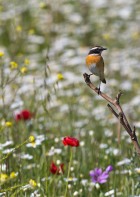
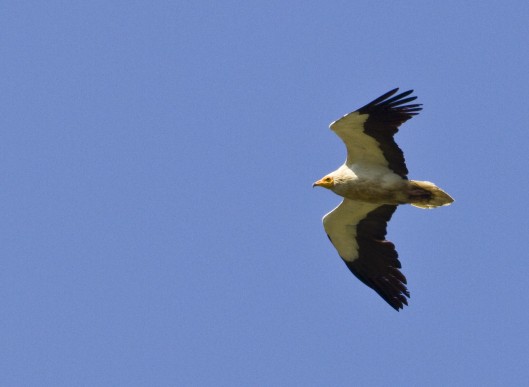


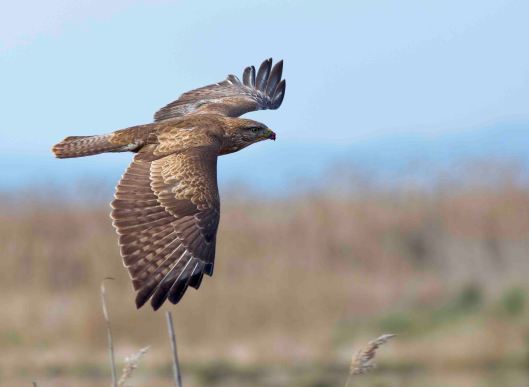
 It’s easy to get disheartened in this world we’ve made, where wild things are of so little importance to so many people, where they are shot for fun and their habitats are trashed in the name of ‘progress’. However, there are still places where people are working hard to preserve the wild things and their habitats. Lake Kerkini, in Northern Greece, is a case in point.
It’s easy to get disheartened in this world we’ve made, where wild things are of so little importance to so many people, where they are shot for fun and their habitats are trashed in the name of ‘progress’. However, there are still places where people are working hard to preserve the wild things and their habitats. Lake Kerkini, in Northern Greece, is a case in point.
 There is an area of trees to the north of the lake that, as the water level rises in spring, becomes a ‘drowned forest’ as it stands in over a metre of water. This provides a perfect nest site for thousands of water birds, including cormorants, herons and egrets.
There is an area of trees to the north of the lake that, as the water level rises in spring, becomes a ‘drowned forest’ as it stands in over a metre of water. This provides a perfect nest site for thousands of water birds, including cormorants, herons and egrets.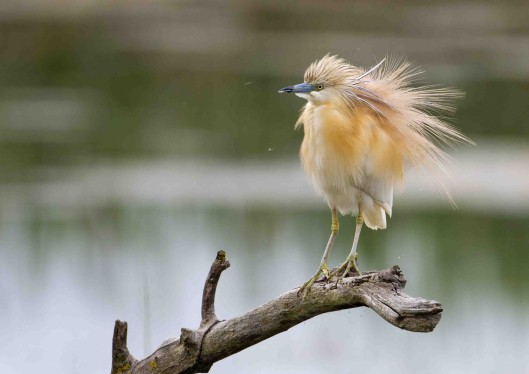



 A masked shrike leapt up from the track. A hoopoe flew over with its ‘butterfly’ flight. A lesser spotted eagle rose from a field of poppies. Penduline tits called their mournful ‘siuu’. A tortoise ambled past and a black kite scooped a fish from the lake surface.
A masked shrike leapt up from the track. A hoopoe flew over with its ‘butterfly’ flight. A lesser spotted eagle rose from a field of poppies. Penduline tits called their mournful ‘siuu’. A tortoise ambled past and a black kite scooped a fish from the lake surface.